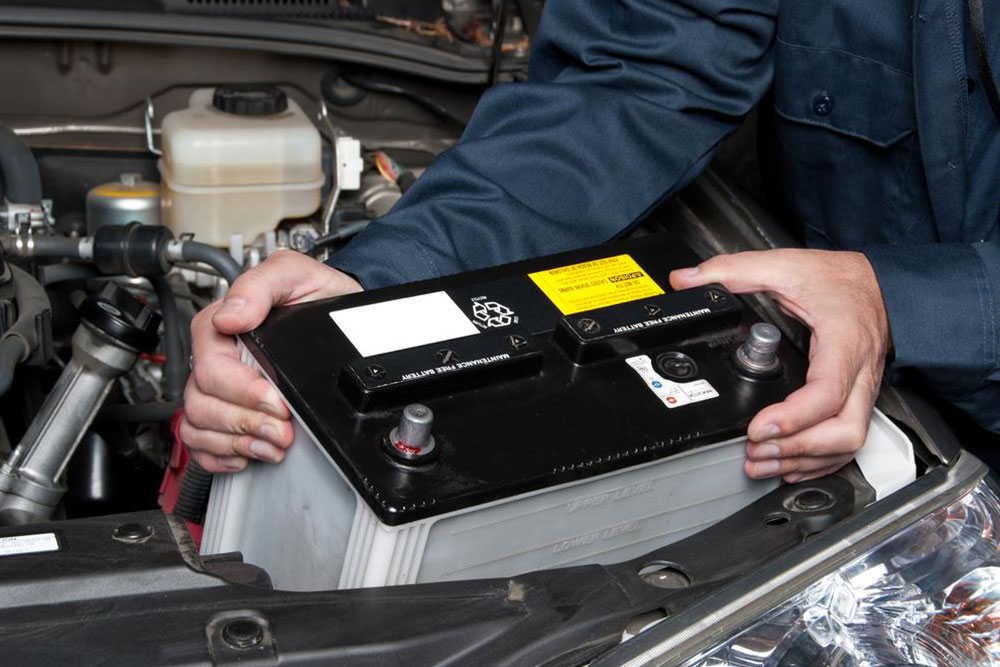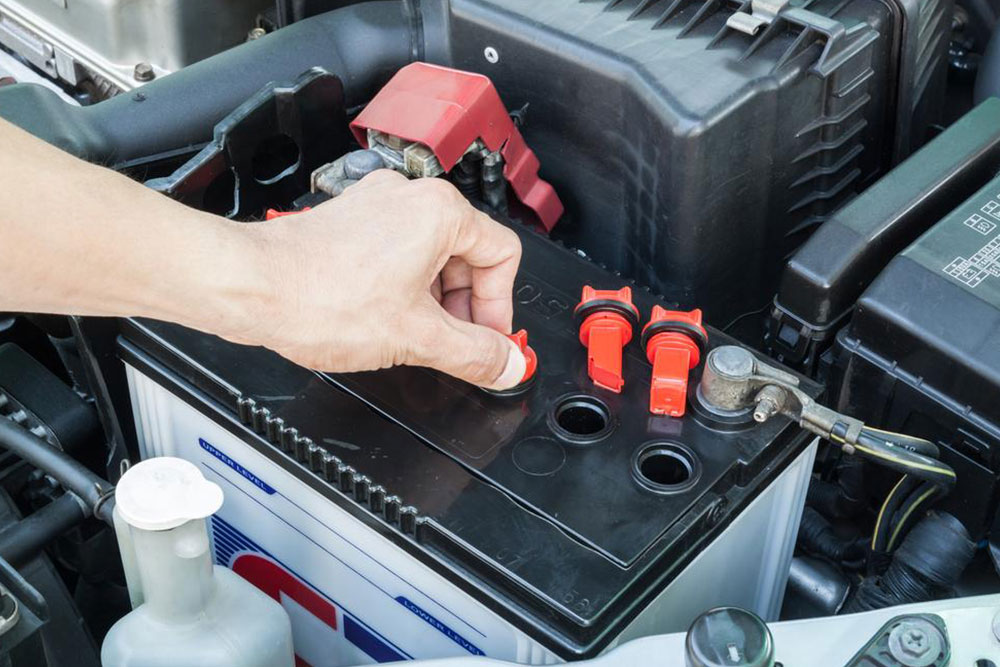Comprehensive Guide to Maximizing Your Car Battery's Lifespan
Learn essential strategies to extend your car battery's lifespan with expert tips on inspection, cleaning, monitoring water levels, protecting terminals, and professional maintenance. Proper battery care can prevent breakdowns, save money, and keep your vehicle running smoothly for years. This comprehensive guide covers all you need for optimal battery health in various conditions, ensuring reliable performance and reducing repair costs. Stay proactive with regular checks and maintenance routines to enjoy a worry-free driving experience and maximize your vehicle’s efficiency.

Comprehensive Guide to Maximizing Your Car Battery's Lifespan
Your car's battery is a crucial component that powers the ignition system and keeps your vehicle running efficiently. While most automotive batteries are designed to last between three to five years under normal conditions, proper maintenance and regular checks are essential to extend their lifespan and ensure reliable performance. Neglecting battery care can lead to unexpected breakdowns, stranded situations, and costly replacements. In this detailed guide, we will cover all the necessary practices, tips, and maintenance routines to help you keep your car battery in optimal condition for as long as possible.
Understanding your vehicle's battery and implementing proper maintenance strategies can significantly reduce the risk of failure and save you money in the long run. Whether you're a seasoned car owner or new to vehicle maintenance, this comprehensive article will provide you with actionable advice to maintain your car battery effectively.
Understanding Your Car Battery
The majority of vehicles use lead-acid batteries, which consist of multiple cells containing sulfuric acid and lead plates. Their primary function is to store electrical energy and supply power to start the engine. After the engine starts, the alternator takes over to keep the battery charged. Moreover, the battery supplies power to various electronic systems like lights, infotainment, and climate controls even when the engine is off.
Most car batteries are housed in durable plastic enclosures, typically located in the engine bay, secured with brackets to prevent movement. They feature two terminals—positive (+) and negative (−)—which are connected to the vehicle's electrical system. The terminals are usually made of brass or lead, and their cleanliness is vital for optimal electrical conductivity.
Types of Car Batteries and Their Maintenance Needs
Understanding the type of battery in your vehicle is essential for proper maintenance. The two primary types are:
Wet Cell Batteries: These traditional batteries contain liquid sulfuric acid and require periodic water level checks. They are common in older vehicles and some off-road vehicles.
AGM (Absorbed Glass Mat) Batteries: Modern, maintenance-free batteries with fiberglass mats that absorb electrolyte. They generally do not need water checks, but attention to other maintenance aspects remains important.
Choosing the correct maintenance routine depends on the battery type. Wet cell batteries demand more frequent water level inspections and terminal cleaning, while AGM batteries benefit from less routine intervention but still require monitoring.
Essential Tips for Extending Your Car Battery's Lifespan
Proper maintenance can drastically prolong your car battery's life, preventing the inconvenience of sudden failures. Here are some expert tips to help you maximize your battery's longevity:
1. Regular Inspection and Monitoring
Regularly inspecting your battery's condition is crucial. Visually check the terminals for corrosion, which appears as white, green, or bluish deposits. Corrosion impairs electrical connection and can lead to starting problems. Use a flashlight for thorough inspection, especially in hard-to-see areas. Also, check the battery case for cracks or leaks. Any physical damage indicates the need for replacement.
2. Cleaning Battery Terminals
Corrosion buildup on terminals can be cleaned easily. Disconnect the battery cables carefully, starting with the negative terminal to prevent short circuits. Use a mixture of baking soda and water with a non-metallic brush to scrub away corrosion. Rinse with clean water and dry thoroughly before reconnecting the terminals. Re-tighten the clamps to ensure good contact.
3. Checking and Maintaining Water Levels
If your vehicle uses a wet cell battery, inspect water levels every two months. Remove the caps covering the cells and ensure the electrolyte covers the lead plates adequately. If levels are low, top up with distilled water—never tap water—and avoid overfilling. Proper water levels prevent damage and ensure the battery’s internal components remain submerged and functional.
4. Applying Protective Grease
To prevent corrosion and rusting, apply a thin layer of high-temperature battery terminal grease to the terminals after cleaning. This protective layer repels moisture and helps maintain good electrical contact over time. Re-attach the cables securely once the grease is applied.
5. Use Battery Terminals Protectors and Insulators
Many vehicles are fitted with insulators or covers that shield the battery from extreme heat and vibrations. Regularly inspect these insulators and replace them if they are damaged or dried out. Keeping the battery cool can prevent overheating and extend its life.
6. Ensure Proper Charging
A healthy alternator is vital for maintaining your battery’s charge. If you notice your battery is draining quickly or the vehicle has difficulty starting, have both the battery and charging system tested by a mechanic. If the battery discharges frequently, it may need replacement.
7. Minimize Short Trips and Keep Electrical Loads in Check
Frequent short trips prevent the battery from fully recharging, leading to gradual discharge and sulfation. Where possible, combine errands to allow longer drives. Also, switch off electronic devices and accessories when the engine is off to reduce unnecessary drain on the battery.
8. Proper Storage and Parking
If you plan to store the vehicle for an extended period, disconnect the battery or use a maintenance charger to keep it charged. Store the vehicle in a cool, dry place to avoid heat-induced battery deterioration. During winter, ensure the battery is well-charged to prevent freezing damage.
9. Routine Professional Inspections
Arrange periodic inspections with a qualified mechanic to assess your battery’s health. During routine maintenance, ask for voltage tests and overall system checks to preemptively address potential issues.
10. Safe Driving Practices
Always start your vehicle gently and avoid leaving electrical accessories on when the engine isn't running. Safe driving habits and proper engine management reduce unnecessary strain on the battery, thus extending its life.
Additional Tips for Battery Care
Besides routine maintenance, several other factors influence your battery’s lifespan. Maintaining these can help ensure reliability and performance:
Avoid Extreme Temperatures: Both excessive heat and cold can shorten battery life. Park in shaded or garage environments when possible, especially in extreme climates.
Monitor Battery Age: Keep track of your battery’s age. Most batteries should be replaced after five years, even if they seem to work fine, as internal components degrade over time.
Use Quality Parts and Accessories: When replacing parts, always opt for high-quality, compatible components to prevent electrical issues.
By following these comprehensive guidelines, you can keep your car battery healthy, reliable, and longer-lasting, saving you money and avoiding unexpected breakdowns. Consistent care and attention are the keys to maintaining peak vehicle performance and ensuring safe, trouble-free driving experiences.




